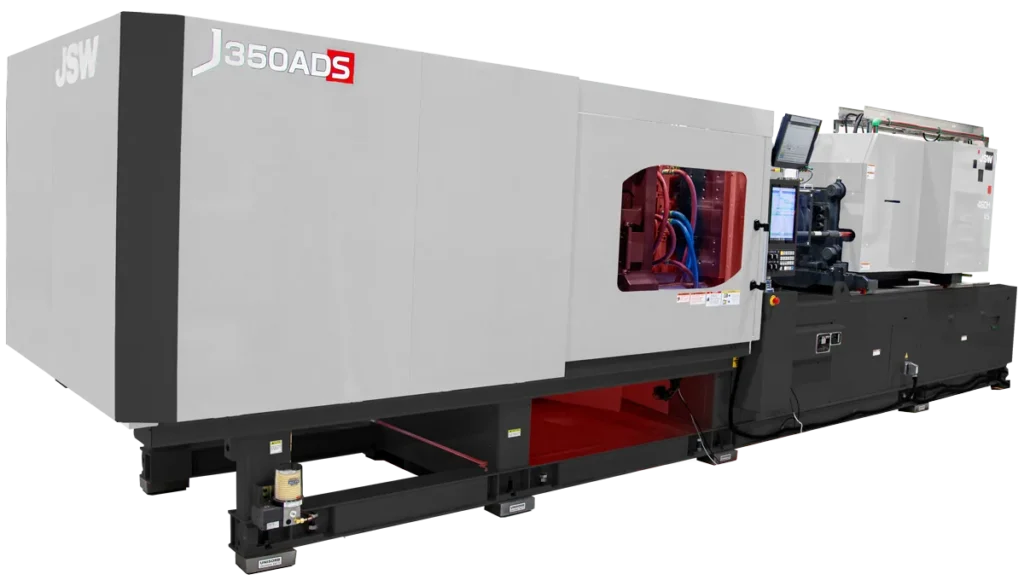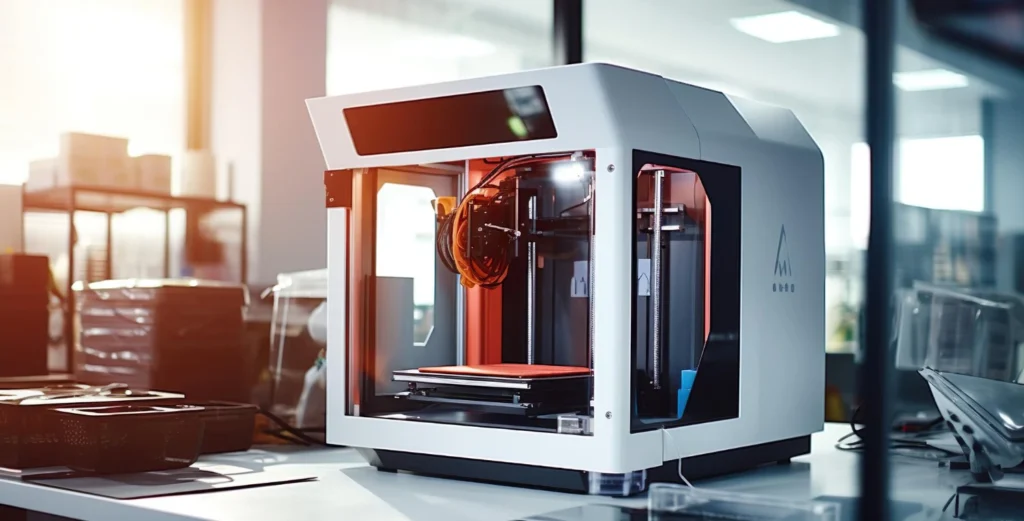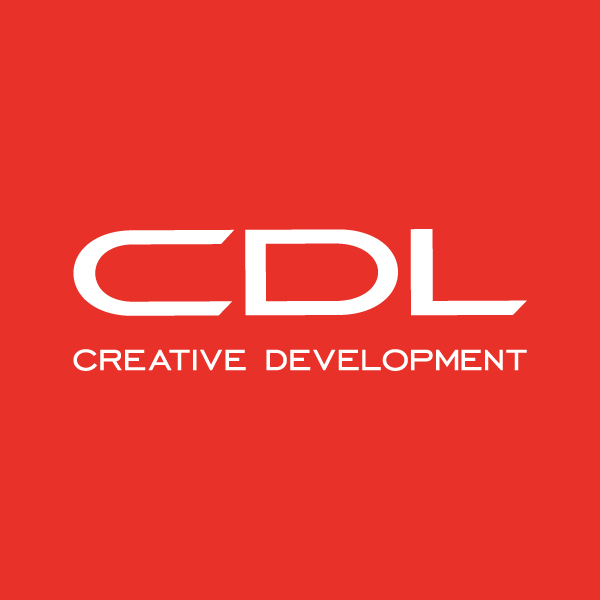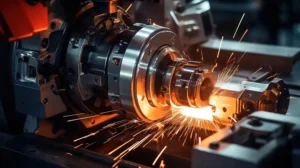In today’s fast-paced world, where technological progress continually shapes the face of manufacturing and design, plastic components are facing increasing demand. In this article, we will delve into the world of plastic injection molding and 3D printing, uncovering their secrets, comparing their strengths, and considering when it’s appropriate to use plastic injection molding versus 3D printing.
Today, as we’ve revealed above, we’ll introduce two revolutionary methods shaping the future of manufacturing. At the core, we’ll open up a fascinating debate: when is it more suitable to use plastic injection molding and when, conversely, 3D printing.
Plastic injection molding is a technology that forms the basis of the modern plastic component manufacturing industry. It’s a process that combines scientific knowledge and technical skill to create a wide range of products, from simple everyday items to complex technical parts.
Plastic injection moulding process
To begin, plastic injection molding starts with the preparation and heating of plastic material into a liquid form. This material, most represented in the form of granules, is then injected under high pressure into a precisely manufactured metal tool—mold—that determines the final shape of the product. After injection and cooling of the plastic, the resulting part is removed from the mold, ready for further use or finishing processes.
The key to success in this technology is a high level of control over the process, including temperature, pressure, and time. These parameters must be optimized for each specific material and part design to ensure the highest quality and efficiency. Errors in these settings can lead to defects such as incomplete filling of the mold or the creation of internal stresses that may affect the properties and performance of the final product.
Mould design and production
One of the most important and costly aspects of plastic injection molding is the design and manufacture of the mold. This step requires significant initial investment, but modern technologies such as advanced computer-aided design (CAD) software tools and computer-aided manufacturing techniques (CAM) enable precise and efficient mold creation. The quality and accuracy of the mold directly affect the quality of the final part and the efficiency of the entire manufacturing process.
Despite the high initial costs of mold production, plastic injection molding offers unparalleled efficiency and economy in mass production. Once the mold is ready, thousands or even millions of copies can be produced with minimal additional costs, reducing the unit costs to a fraction. This efficiency, combined with high quality and precision, makes plastic injection molding the ideal choice for a wide range of applications.
Universal application in various industries
Plastic injection molding is one of the most versatile and widely used manufacturing technologies today. It’s a process you’ll find in almost all aspects of modern life, from everyday items to highly specialized components. This article explores various industries and applications where plastic injection molding plays a key role and shows how this technology shapes the world around us.
One of the most common uses of plastic injection molding is the production of consumer goods. From food packaging, drink containers, toys, and utensils to mobile phone cases. This method is also used in the automotive industry, where plastic injection molding plays a significant role in reducing vehicle weight and improving fuel efficiency. Last but not least, it is also significant in the medical sector, where precision, sterility, and reliability are of the utmost importance. The electronics industry also doesn’t remain silent. It is important to mention the construction industry, where this method has become popular, especially in the production of durable, resistant, and lightweight materials.
Similarly, it finds its application in the aerospace and defense industries, especially in the production of components requiring exceptional lightness and high durability.

Advantages of Plastic Injection Molding
Plastic injection molding is one of the most widespread and technologically advanced methods for producing plastic parts and components, used in a wide range of industrial sectors. This method offers many advantages that distinguish it from other manufacturing processes, making it an ideal choice for mass production of high-quality plastic products. One of the main advantages of plastic injection molding is its ability to mass-produce complex geometric shapes with very high precision and consistency. With precisely designed molds, this process can produce parts with complex details, including thin walls, precise holes, and protrusions, which are often difficult or even impossible to achieve with other manufacturing methods.
Cost-effectiveness and scalability
Another significant advantage is the economic efficiency of plastic injection molding, especially in large production volumes. Although the initial costs of mold production and preparation may be high, the unit costs of the product are extremely low since the molds can be used to produce thousands or even millions of copies. This high level of scalability makes plastic injection molding an ideal solution for projects requiring large quantities of identical parts.
Material flexibility, automation and sustainability
Plastic injection molding also offers exceptional material flexibility, allowing the manufacturer to choose from a wide range of plastic materials based on performance, durability, weight, temperature resistance, and chemical resistance requirements. This ability to adapt to specific project needs means that products can be optimized for their specific use.
Additionally, plastic injection molding allows for a high level of automation, reducing labor costs and increasing production efficiency. Modern injection molding machines can be integrated into automated production lines where processes such as mold filling, cooling, part ejection, and even additional finishing operations can be carried out with minimal human intervention.
Finally, plastic injection molding is significantly more sustainable than many other manufacturing processes because it minimizes material waste. Excess plastic from the manufacturing process can usually be recycled and reused, reducing the environmental impact of production.
Given these advantages, it’s clear why plastic injection molding is so popular and widely used in the industry. From consumer electronics, the automotive industry, medical devices, to everyday consumer goods, plastic injection molding continues to provide efficient, high-quality, and economically viable solutions for plastic component manufacturing.
3D Printing
In recent years, we have witnessed a technological revolution that is transforming almost all aspects of manufacturing and design – 3D printing. This innovative technology, also known as additive manufacturing, allows for the creation of three-dimensional objects layer by layer from digital models. In this article, we will explore what exactly 3D printing is and how it works, revealing its potential and applications that are changing the rules of the game in many industries. Unlike traditional subtractive manufacturing techniques where material is removed to achieve the desired shape (e.g., machining, drilling), 3D printing adds material layer by layer until the final product is created. This process starts with a detailed digital design of the object, often created using computer-aided design (CAD) software.
Currently, the manufacturing industry is constantly evolving, with plastic injection molding and 3D printing (additive manufacturing) at the forefront of innovation, each with its own unique advantages and applications. This article provides a detailed comparison of these two technologies to help manufacturers and designers decide which method is best for their specific needs.

Key Differences
Plastic injection molding is a traditional manufacturing technology used for mass production of plastic parts. The process involves injecting molten plastic into a metal mold under high pressure, where the material solidifies and takes on the desired shape. On the other hand, 3D printing gradually creates objects layer by layer from a digital file. This technology allows for the creation of complex and customized designs with lower initial investments in tools or molds.
However, upon deeper examination of these two methods, we would find that plastic injection molding requires the production of specific molds, which can mean high initial costs compared to 3D printing. However, in the larger picture, at higher volumes, these costs become extremely low. Time also plays an important role. While plastic injection molding can operate within minutes, 3D printing takes days. Another significant difference is precision. Plastic injection molding allows for precise and consistent surface.
Injection Molding
- Mass production
- Precision and consistency
- Wide range of materials
- High surface quality
- Costs pay off
- Design flexibility
- High initial costs
- Time-consuming
3D Printing
- Mass production
- Precision and consistency
- Wide range of materials
- High surface quality
- Costs pay off
- Design flexibility
- High initial costs
- Time-consuming





